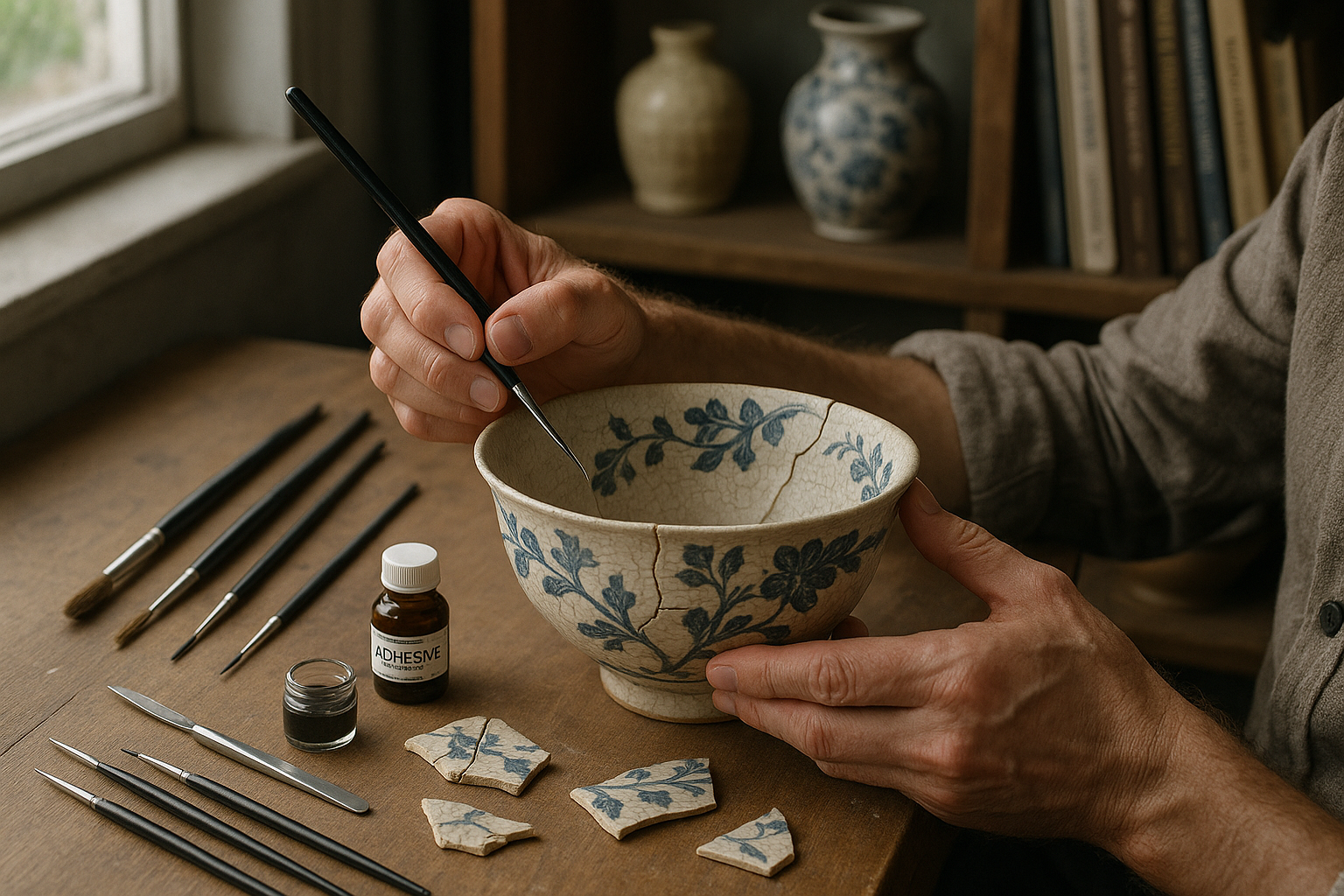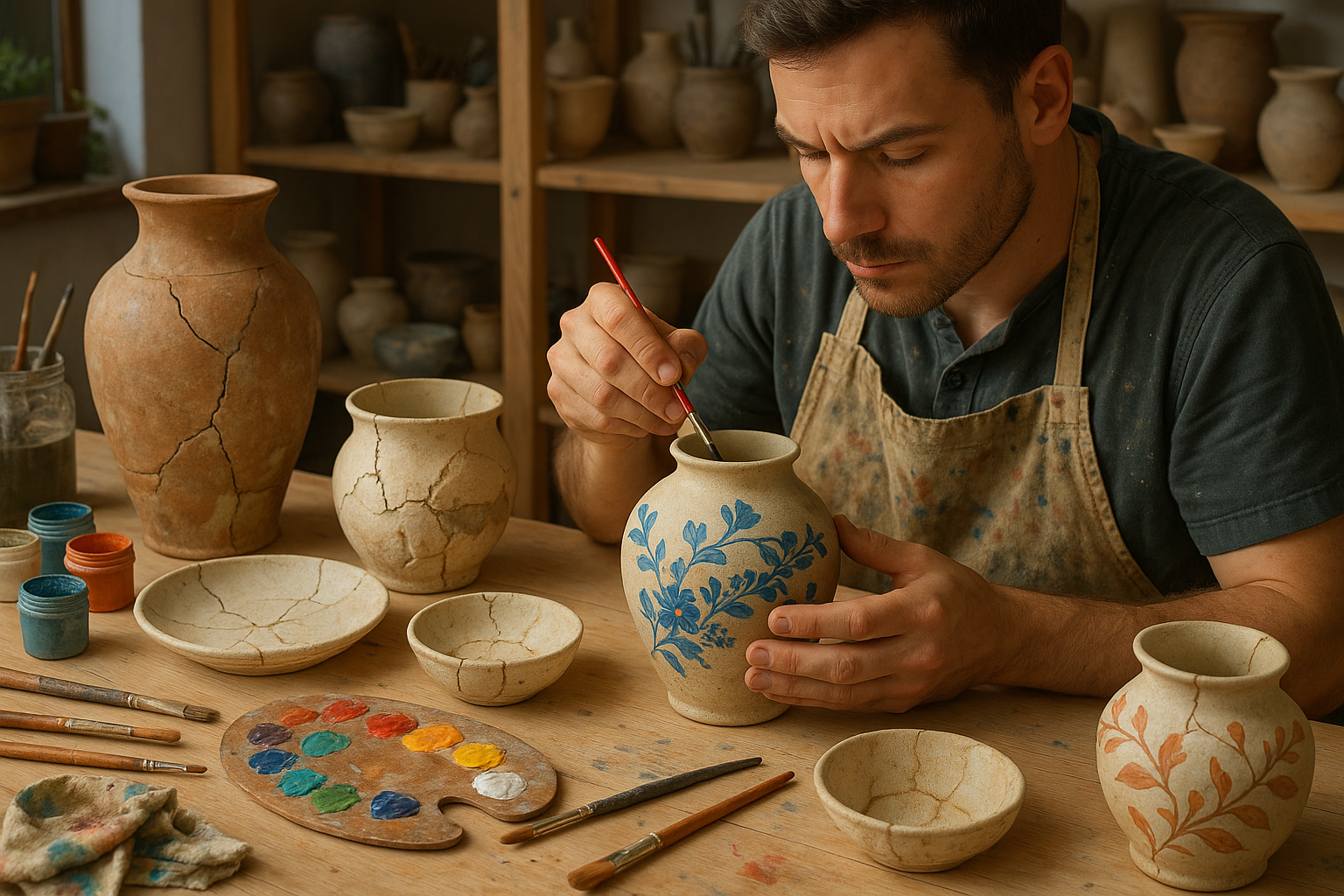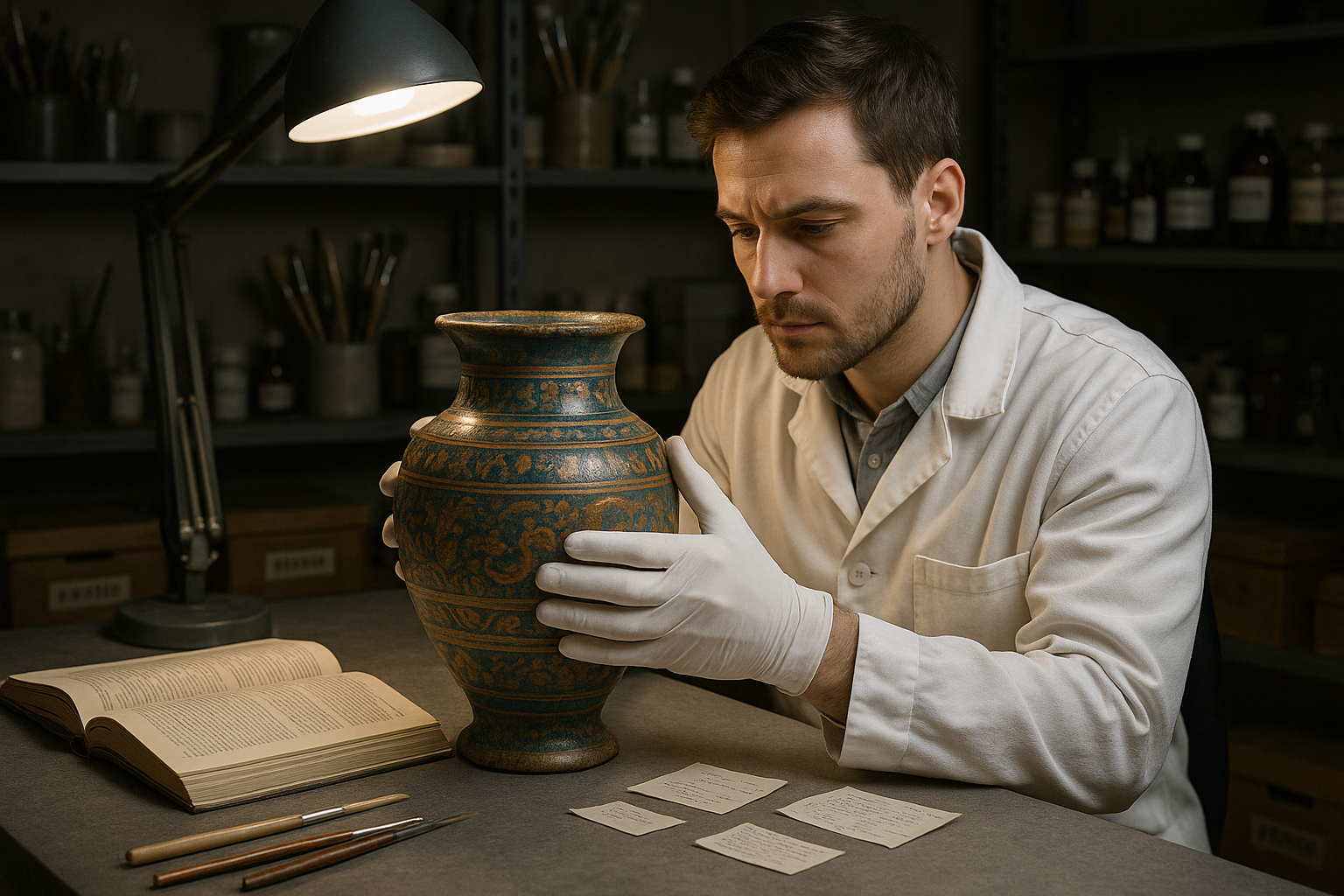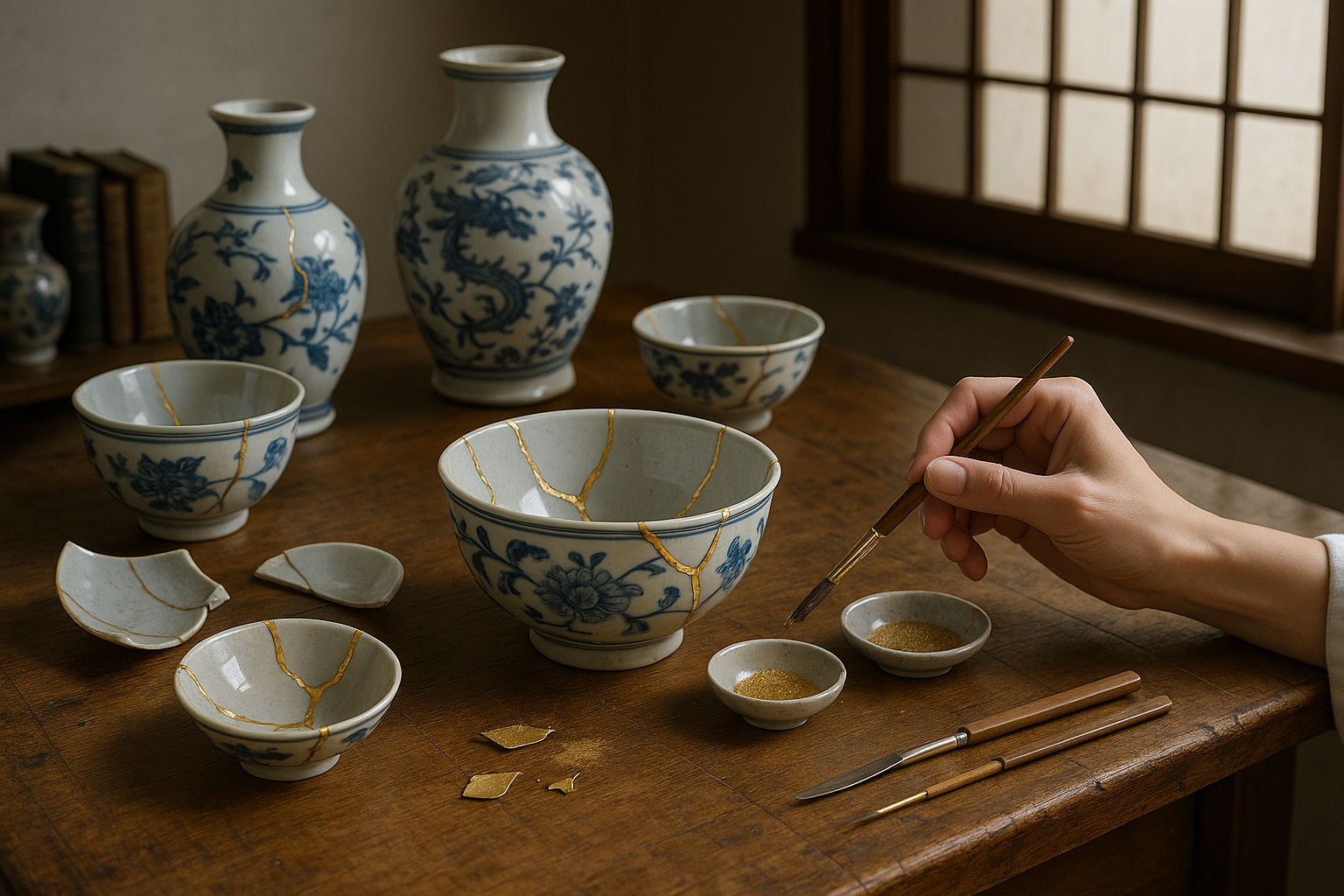Color has an almost magical ability to transform and elevate woodworking projects, turning ordinary pieces into extraordinary works of art. The art of color matching, particularly when it comes to stains, is a crucial skill for any woodworker aiming to achieve perfection in their craft. Imagine crafting a beautiful wooden table, where the hues of the wood seamlessly blend into the surrounding decor, creating a harmonious and inviting space. This is the power of mastering color matching for stains — it allows you to bring your vision to life with precision and flair. 🌈
In this comprehensive guide, we will delve deep into the world of color matching, unraveling the secrets that can help you perfect your palette. Whether you’re a seasoned woodworker or just starting, understanding the nuances of stain selection and application is key to elevating your projects. From the science behind color theory to practical tips on choosing the right stain for your wood type, we’ve got you covered. By the end of this article, you will be equipped with the knowledge to transform your woodworking endeavors and leave a lasting impression.
Color matching begins with understanding the basics of color theory. This fundamental concept will be our first stop on this journey, as we explore how colors interact with each other and how they can be manipulated to achieve the desired effect. You’ll learn about the color wheel, complementary colors, and how to create balance and contrast in your projects. Understanding these principles is crucial because they form the foundation upon which successful color matching is built. 🎨
Once we’ve laid the groundwork with color theory, we’ll move on to the heart of woodworking: the wood itself. Different types of wood have unique grain patterns and natural hues that can significantly impact how stains are absorbed and displayed. We’ll guide you through the process of selecting the appropriate stain for your specific wood type, ensuring that the natural beauty of the wood is enhanced rather than overshadowed. You’ll discover how the inherent characteristics of wood, such as porosity and texture, play a vital role in the final appearance of your stained project.
Choosing the right stain is only part of the equation. The application process is equally important in achieving a flawless finish. In this section, we will provide step-by-step instructions on preparing your wood surface, applying the stain, and sealing your work to protect it for years to come. You’ll learn about the different tools and techniques that can make or break your project, from brushes and rags to sprayers and sponges. Attention to detail during this phase can dramatically influence the outcome, and we’ll share expert tips to help you avoid common pitfalls.
But what about those challenging projects where matching a stain to an existing piece is required? Fear not, as we will cover advanced color matching techniques that will enable you to tackle even the most complex situations with confidence. Whether you’re trying to match a stain for repairs, extensions, or simply to maintain a cohesive look across multiple pieces, these strategies will prove invaluable. We’ll discuss custom mixing of stains, using tints and dyes, and how to test your colors to ensure a perfect match every time.
No discussion of color matching would be complete without addressing the role of finishes in your woodworking projects. The type of finish you choose can alter the appearance of the stain, either enhancing or dulling its effect. We’ll explore various finishes, such as varnishes, oils, and lacquers, and how they interact with stains to achieve different results. Understanding the interplay between stains and finishes will empower you to make informed decisions that align with your project goals.
Finally, we’ll touch on the importance of creativity and experimentation in the world of color matching. While techniques and guidelines are crucial, the true artistry of woodworking lies in your willingness to explore and push boundaries. We encourage you to experiment with different stain combinations, finishes, and application methods to discover your unique style and aesthetic. By embracing creativity, you’ll not only perfect your palette but also infuse your projects with personality and originality. ✨
In this journey through color matching, you’ll gain a wealth of knowledge and insights that will elevate your woodworking projects to new heights. Whether you’re crafting heirloom furniture, artistic installations, or functional pieces, mastering the art of color matching for stains will set you apart as a skilled and visionary woodworker. So, let’s dive into the vibrant world of colors, where every project is a canvas waiting to be transformed.
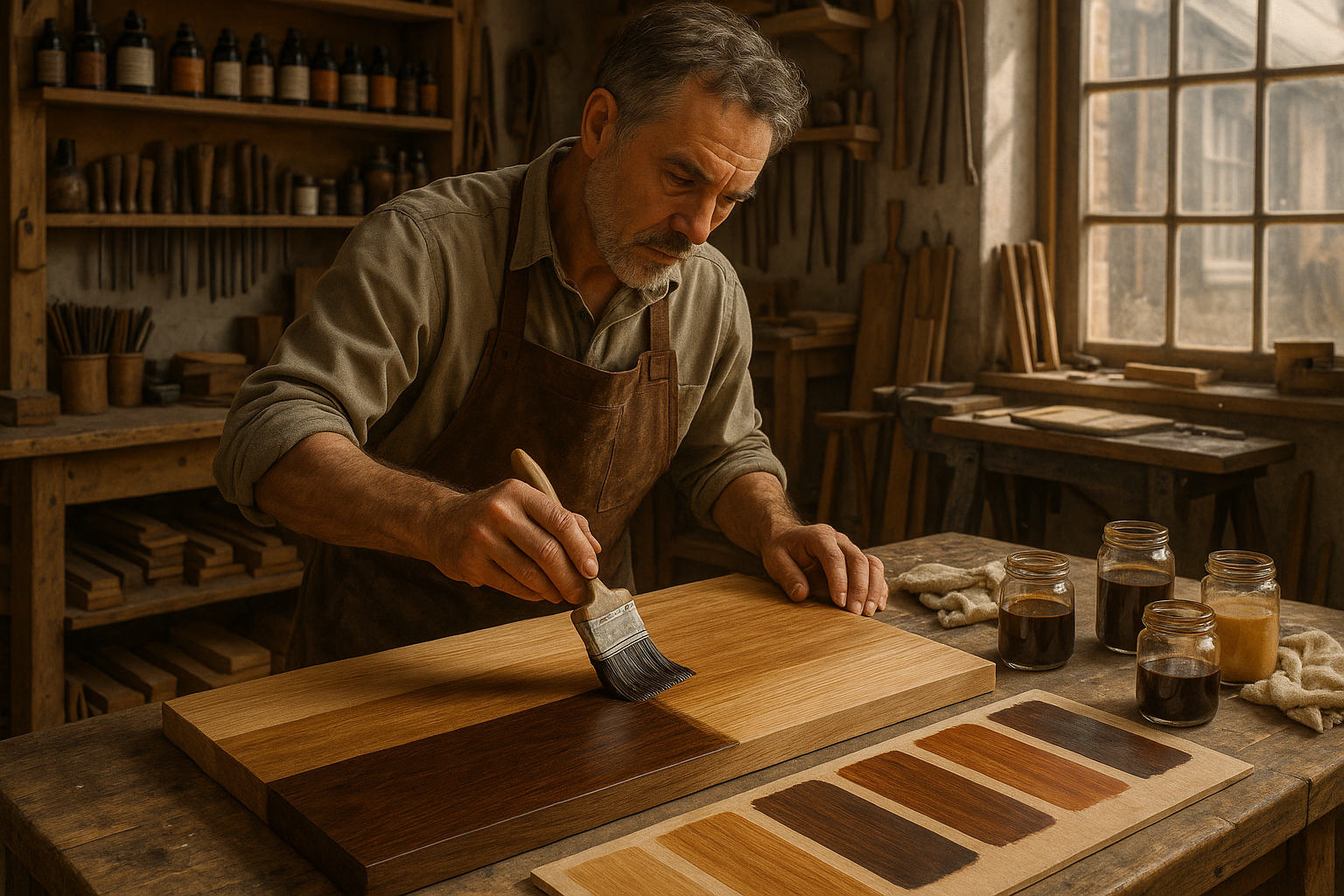
Conclusion: Perfecting Your Palette – Mastering Color Matching for Stains to Elevate Your Woodworking Projects
In this exploration of color matching in woodworking, we’ve embarked on a detailed journey through the art and science of selecting and applying stains to enhance your creations. Our discussion has unfolded various layers of this intricate process, offering insights and practical tips to refine your craft. Let’s recap the key points we’ve covered:
Key Takeaways
1. Understanding Wood Characteristics: The foundation of perfect color matching lies in recognizing the natural properties of the wood. Each type of wood, from oak to mahogany, has its unique grain patterns and color undertones. By understanding these characteristics, you can better predict how stains will interact with the wood. 🌳
2. Choosing the Right Stain: The selection of stain is crucial. We’ve explored different types of stains—oil-based, water-based, gel stains, and dyes—each with its pros and cons. The choice depends on the desired finish, the wood type, and the application process.
3. Testing and Sampling: Before committing to a stain, testing on a sample piece is vital. This step allows you to see the stain’s true effect on the wood, adjusting for variables like application method and wood preparation.
4. Application Techniques: The application technique can dramatically alter the outcome. Techniques such as wiping, brushing, or spraying were examined, emphasizing the importance of consistency and technique for uniform results.
5. Finishing Touches: Beyond staining, the final finish—whether it be varnish, polyurethane, or shellac—plays a role in the overall aesthetic and protection of the piece. We’ve discussed how to choose a finish that complements the stain while providing durability.
The Importance of Mastering Color Matching
Why is perfecting your color matching technique so crucial? Mastery in this area not only enhances the visual appeal of your woodworking projects but also elevates your craftsmanship to a professional level. By skillfully applying stains, you can transform ordinary wood into extraordinary pieces that capture attention and admiration.
Moreover, mastering color matching empowers you to experiment and innovate. With this knowledge, you’re not just limited to traditional finishes but can explore creative combinations and unique customizations that reflect your personal style and vision. 🎨
Engage and Elevate Your Craft
As you continue your woodworking journey, I encourage you to apply these insights to your projects. Experiment with different stains, test new techniques, and don’t hesitate to push the boundaries of conventional design. Sharing your experiences and results with the community can inspire others and foster a culture of learning and improvement.
Feel free to leave a comment below with your thoughts or questions on the topic. If you found this article helpful, consider sharing it with fellow woodworking enthusiasts. Let’s create a vibrant community where knowledge is shared, and creativity thrives. 🔨
For further reading and resources on woodworking and staining techniques, consider exploring the following links:
– [Woodworking Network](https://www.woodworkingnetwork.com)
– [Fine Woodworking](https://www.finewoodworking.com)
These sources offer a wealth of information and inspiration to deepen your understanding and refine your skills.
Thank you for joining me on this journey through the world of woodworking and color matching. May your future projects be rich with color and craftsmanship, embodying the beauty and creativity that this art form has to offer. 🌟
Toni Santos is a restoration artist and historical design specialist devoted to reviving the beauty and soul of the past. Through meticulous craftsmanship and a deep respect for heritage, Toni brings antiques back to life—preserving not just objects, but the stories they carry through time. With hands trained in traditional restoration techniques and an eye for age-worn elegance, Toni restores furniture, artworks, artifacts, and heirlooms with precision and reverence. His work reflects a belief that restoration is not correction—it’s conversation between the old and the present. Blending artistry, conservation ethics, and historical research, Toni approaches every piece as a narrative in wood, metal, leather, or fabric—each with scars that speak of eras gone by. Whether repairing a hand-carved chair or reviving a forgotten painting’s vibrance, he respects the integrity of original craftsmanship while honoring its continued life. As the creative force behind Vizovex, Toni shares before-and-after showcases, restoration walkthroughs, and visual essays exploring the techniques and philosophies behind authentic antique revival. His platform celebrates: The timeless value of handcrafted work The quiet artistry of repair and preservation The cultural memory embedded in material objects The delicate balance between age and renewal For collectors, curators, artisans, and lovers of legacy, Toni’s world is an invitation to see restoration not as fixing what’s broken—but as restoring what still lives beneath the dust of time.

